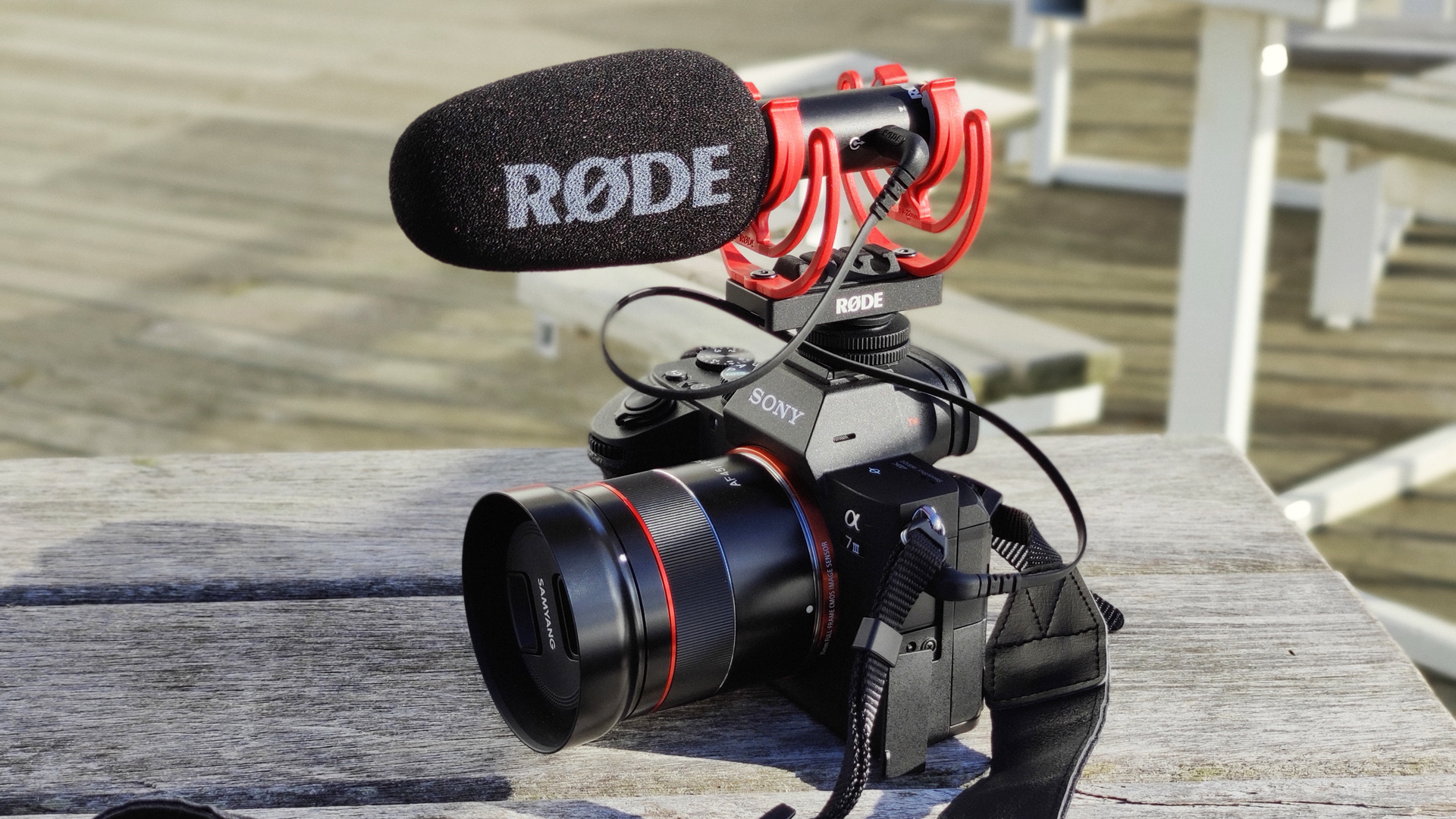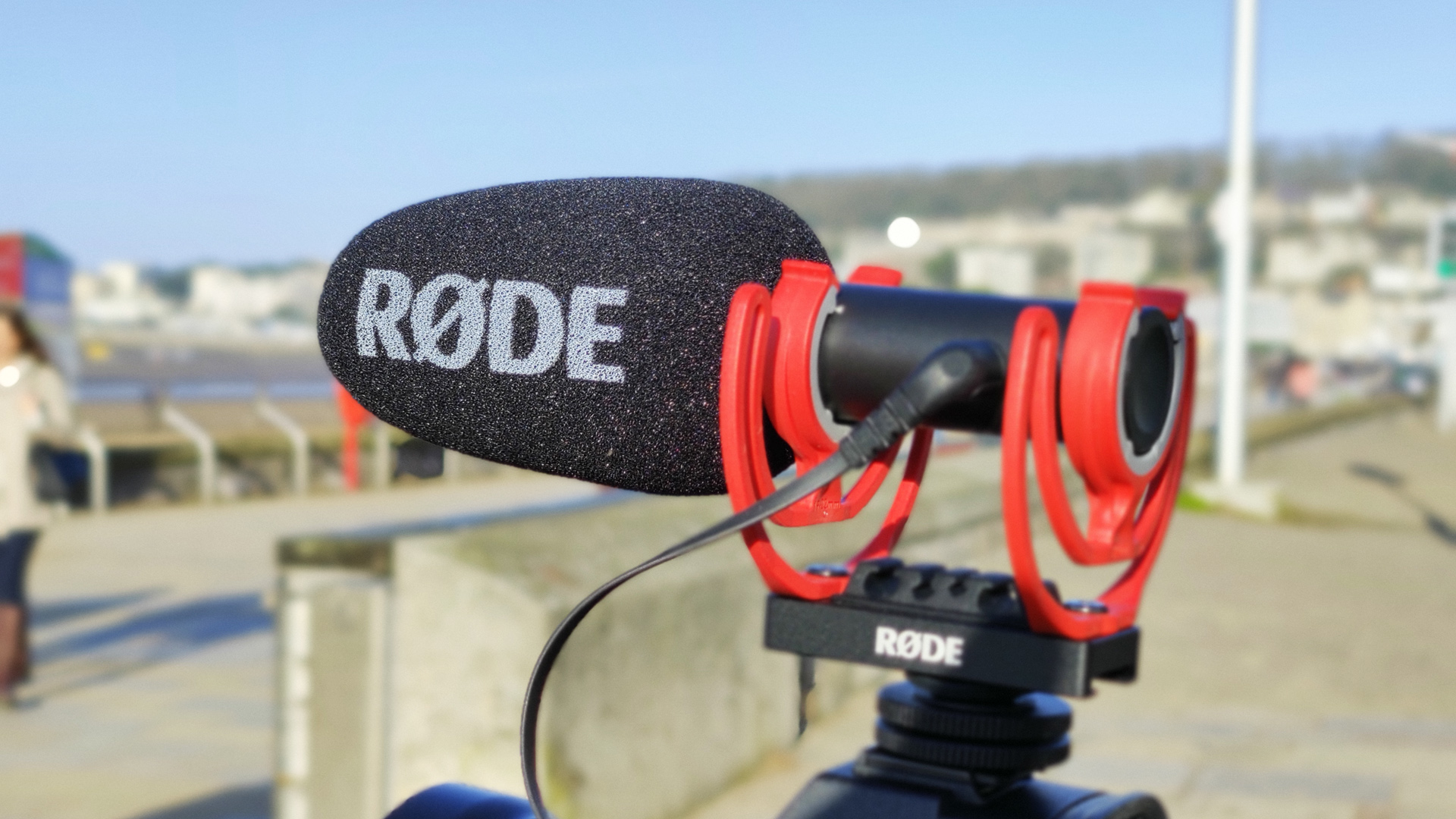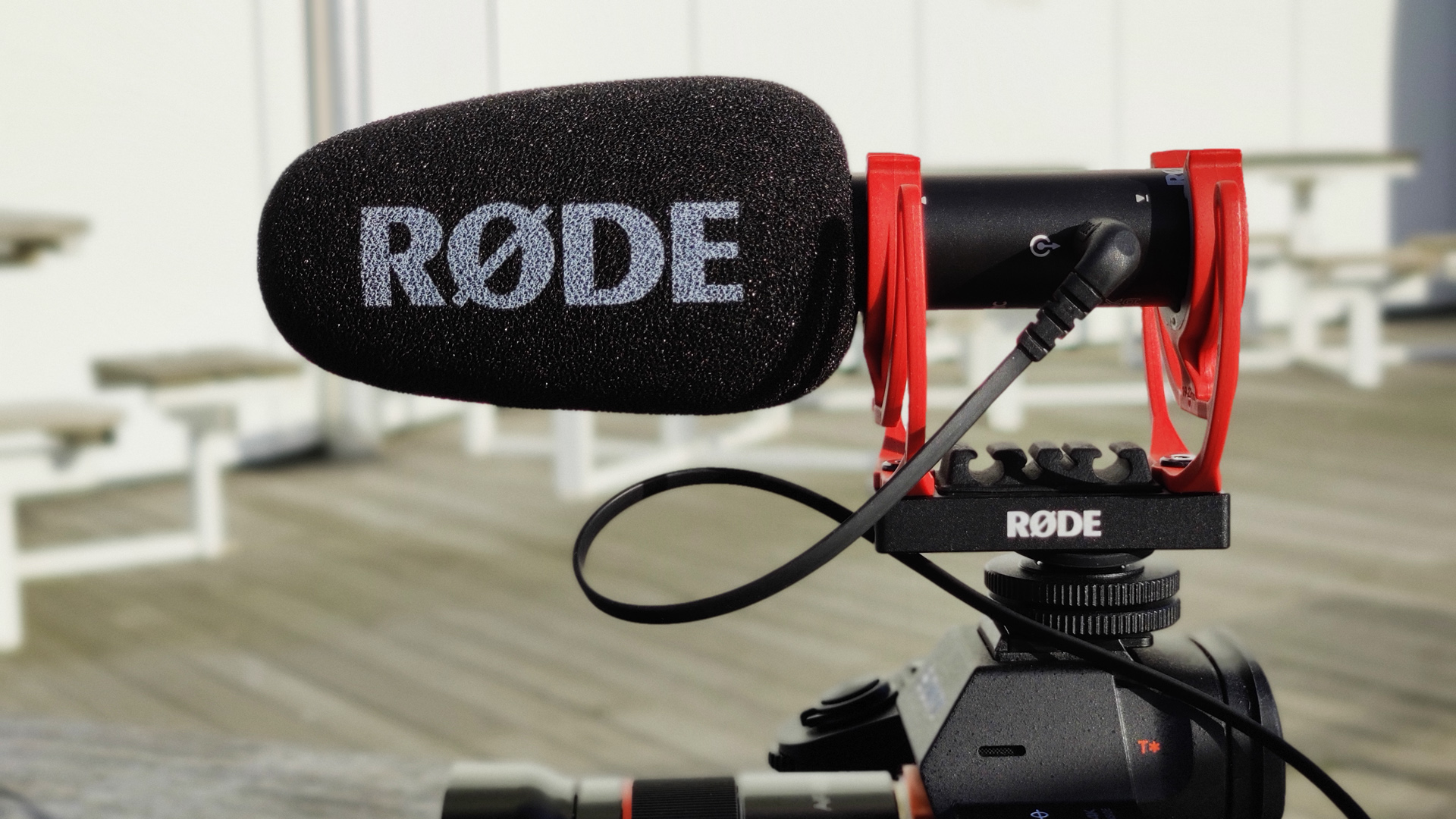RODE VideoMic GO II review: a brilliant shotgun mic for on-the-go content creators
Elevate your sound recording game to the next level with the compact and easy-to-use RODE VideoMic GO II


The RODE VideoMic GO II is a simple, lightweight and easy to use directional mic, perfect for beginner content creators, especially those who do most of their work indoors. It certainly reignited my passion to get out and record my surroundings just for the sake of it.
-
+
Foolproof operation
-
+
Super lightweight
-
+
Great sound quality
-
+
Well-suited for indoor video shooting
-
-
No LED to indicate when it's active
-
-
USB cable or tripod aren't included in the box
Why you can trust T3

RODE VideoMic GO II review TL;DR: the best shotgun mic for beginner content creators and videographers.
RODE equipment is renowned for its build and sound quality, hence why I was so keen on testing the new RODE VideoMic GO II. I usually use lavalier mics to shoot videos, but I thought, "what the heck, let's give this directional mic a go and see what happens."
What happened is that I couldn't stop filming and admiring the sound quality of the RODE VideoMic GO II; I loved the versatility, the lack of heft, and the way I could leave the mic mounted on my Sony A7 III mirrorless camera and walk around town without people pointing fingers at me for having an excessive amount of video gear attached to my body.
What makes the RODE VideoMic GO II perfect for on-the-go videographers? Let's find out.
RODE VideoMic GO II review: Price, availability and what's included in the box
The RODE VideoMic GO II was announced on 11 Jan 2022 and is available to buy now directly from RODE for a recommended retail price of $99/£99/AU$139.
In the box, you'll find the VideoMic GO II, the SM8-R shock mount, a foam windshield (already on the mic) and an SC14 TRS to TRS cable to connect it to DSLRs and mirrorless cameras.
Should you want to use the VideoMic GO II with your smartphone or laptop, you'll need to source the USB cable and tripod separately. Given how affordable the mic is, it's no wonder not all accessories are included.
Get all the latest news, reviews, deals and buying guides on gorgeous tech, home and active products from the T3 experts
I strongly recommend adding the RODE WS12 fluffy windshield to your setup if you're planning on using the mic outdoors. It's cheap enough and will help to reduce wind noise significantly when shooting videos outdoors. I didn't use the fluffy windshield for the video below, please do bear that in mind.

RODE VideoMic GO II review: Build quality
The RODE VideoMic GO II is an exceptionally lightweight and compact device. The mic is a mere 33 grams on its own (without the foam windshield and the shock mount), but even with all accessories attached, it's still under 100 grams (96 grams, to be precise).
Despite the overall lightness of the device, the mic doesn't feel flimsy; if anything, the lack of heft (and the low price) put my mind at ease that I can use the mic however I want to without worrying about it getting damaged.
I mainly used the RODE VideoMic GO II for outdoor videography. I found the SC14 TRS to TRS cable to be a bit on the long side, but my TSR input is close to the top of the camera. It's not a bad thing that you don't have to stretch the cable too much, even the input is farther away from the mic.
RODE VideoMic GO II review: Ease of use
Sliding the RODE VideoMic GO II into the shock mount is easy and considering there aren't any batteries or complicated moving parts on the mic's body, it can't be more straightforward how to use it; it truly is a plug-and-play device.
The VideoMic GO II is host powered, so it hasn't got a battery of its own (this probably also helps keep the weight down). I found only one issue with the simplicity: there is no way of telling whether the VideoMic GO II is active or not as there are no LEDs on the body.
That said, once you plug the mic in, it's unlikely the camera won't recognise the external sound device, given the uncomplicated construction. Pros might find the lack of visual feedback a bit disturbing, but the RODE VideoMic GO II is not meant for them; beginners will appreciate the hassle-free operation and probably won't mind the lack of on-mic settings options.
It's worth mentioning here that the RODE VideoMic GO II works with smartphones and laptops as well as digital cameras. I doubt that many people will buy it for their laptops to enhance sound quality for their Zoom meetings but for streamers who prefer not to use a podcasting microphone, the VideoMic GO II might be a viable option.
The same goes for smartphone users. If you have a decent enough smartphone camera and maybe a gimbal, adding the VideoMic GO II won't increase the weight of the setup too much but will improve sound quality significantly.
There is no USB cable included in the box so if you're planning on using the mic with smartphones or PCs, you'll need the RODE SC15 (USB-C to Lightning) or SC16 (USB-C to USB-C) cable.
RODE VideoMic GO II review: Sound quality
I used the RODE VideoMic GO II mainly for shooting videos outdoors. After some testing and listening to the footage with the Skullcandy Crusher Evo, I noticed that the mic picked up some wind noise, even though the foam shield was applied. Listen to the first half of the above video to hear it yourself.
As mentioned above, there is a quick fix for this issue (buying the WS12) so if you're keen on using the VideoMic GO II, you might as well add the fluffy windshield to your shopping basket at RODE.
Wind noise aside, the VideoMic GO II did a great job recording minor sounds outside, such as chains rattling and even the footsteps of different people walking past the camera.
Where the RODE VideoMic GO II really shone was picking up sound indoors. At around the 1:10 mark in the video above, you can hear how well the mic recorded the sound of those necklaces. Later, when we moved indoors to have some fun in the arcade, the mic coped well in picking up the sound of moles being whacked in front of the camera even though there were a lot of sounds coming from everywhere else.
As for picking up speech, you can hear how it sounds in the video above (1:20 mark). Different people's voices are fully recognisable and clear, even though they are moving towards and away from the camera. Should you be using the RODE VideoMic GO II indoors, it would be pretty much perfect for recording sound clearly and comprehensibly.

RODE VideoMic GO II review: Verdict
I enjoyed using the RODE VideoMic GO II. It's a handy little directional mic and perfect for when you need a lightweight mic to record sound on the go. I loved how the microphone recorded bird chatter and how well it isolated sound in front of the camera, even in noisy environments.
Considering how well the mic picks up human voice, it's safe to say the VideoMic GO II is the best directional mic for beginner videographers and content creators who need an easy-to-use device to record quality sound for their videos.
For the price, it's hard to be mad at the RODE VideoMic GO II for any of its shortcomings. If you want to upgrade the sound quality of your videos from the default in-camera options, this is the mic you want to get.
RODE VideoMic GO II review: Also consider
If you need a microphone for streaming, you might be better off using the Rode NT-USB Mini. This podcasting/streaming mic is less portable than the VideoMic GO II but equally as affordable as that (for a podcasting mic). The NT-USB Mini features a similar easy-to-use operation and high-quality RODE construction.
The new JOBY Wavo PRO DS is a mid-range directional mic that's a bit bulkier and more expensive than the VideoMic GO II but has a high-pass filter that cleans sound from unwanted low frequencies, an onboard safe track for mono or dual-channel recording and integrated LEDs indicating battery and audio levels.

Matt Kollat is a journalist and content creator who works for T3.com and its magazine counterpart as an Active Editor. His areas of expertise include wearables, drones, fitness equipment, nutrition and outdoor gear. He joined T3 in 2019. His byline appears in several publications, including Techradar and Fit&Well, and more. Matt also collaborated with other content creators (e.g. Garage Gym Reviews) and judged many awards, such as the European Specialist Sports Nutrition Alliance's ESSNawards. When he isn't working out, running or cycling, you'll find him roaming the countryside and trying out new podcasting and content creation equipment.